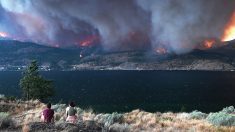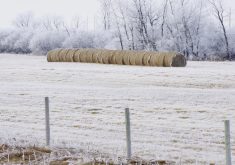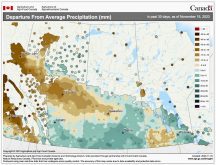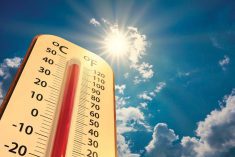A lot of farmers are skeptical about climate change. Some are deniers.
“I was a doubter as well,” Minto farmer Bill Campbell said in an interview after Keystone Agricultural Producers’ advisory council meeting Nov. 3.
“But in the last five years I have kind of taken the approach that I can’t ignore it and I can’t say it is a non-issue. Our weather patterns have been more extreme. They have been more volatile. It (climate change) is coming to light I guess.”
Canada only produces 1.67 per cent of the world’s greenhouse gases, which are blamed for rising global temperatures. Still, Campbell said it’s an issue no one can afford to ignore.
Read Also

Farmer gift idea: How about a weather station?
The 2025 holiday season is looming, and a home weather station might make a great Christmas gift for farmers
Matt Horne, associate B.C. director at the Calgary-based Pembina Institute, agrees.
“You hear that argument a lot,” he said in an interview Oct. 13. “But you can apply that argument essentially to every jurisdiction. The U.S. or China are 20 or 25 per cent alone of global emissions, but they can’t solve the problem alone. If we don’t have, in essence, every country working towards this we are not going to solve the problem. Canada can’t solve the problem on its own, but we can undermine it if we are not part of the solution.”
Farmers must be profitable, but farmers also need to consider the environment, Campbell said.
“I’m not advocating farmers pay 50 bucks an acre to cover their carbon footprint,” he said. “But let’s get some numbers and some education. There are a lot of people who don’t know what’s going on here. We’ve got to get them educated and to be aware.
“I don’t think we can continue doing what we have been doing and not suffer consequences. I think we are going to have to change and we have to be open minded and we have to adopt.”
Consumers might have to to pay more for food, he said.
Food is cheap, it’s convenience that is expensive, he said. To save money consumers can buy more raw food and prepare it themselves.
“I can pretty near guarantee you that a certain percentage of the population has already booked to go somewhere warm (for a winter vacation) but they haven’t planned about their next month’s food budget,” Campbell said. “They spend more on their holiday preparation than they do on figuring out how they are going to feed their family in the month of December.”















